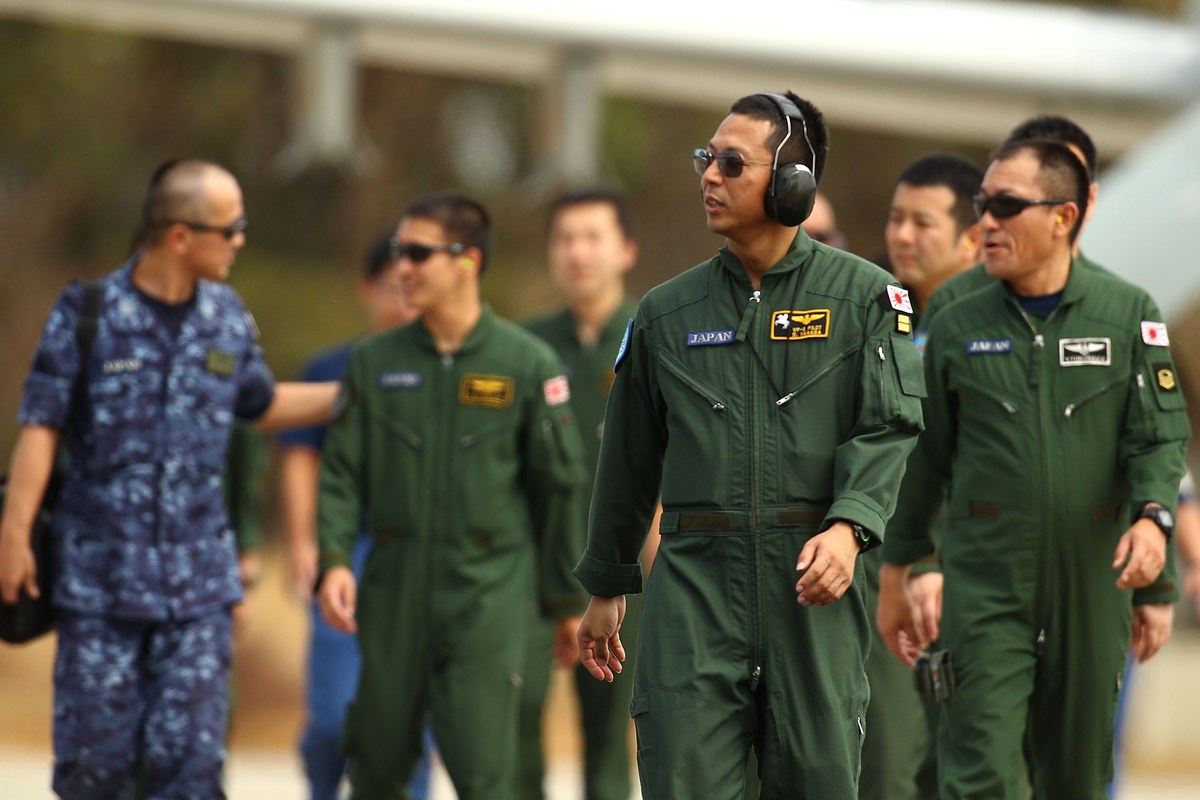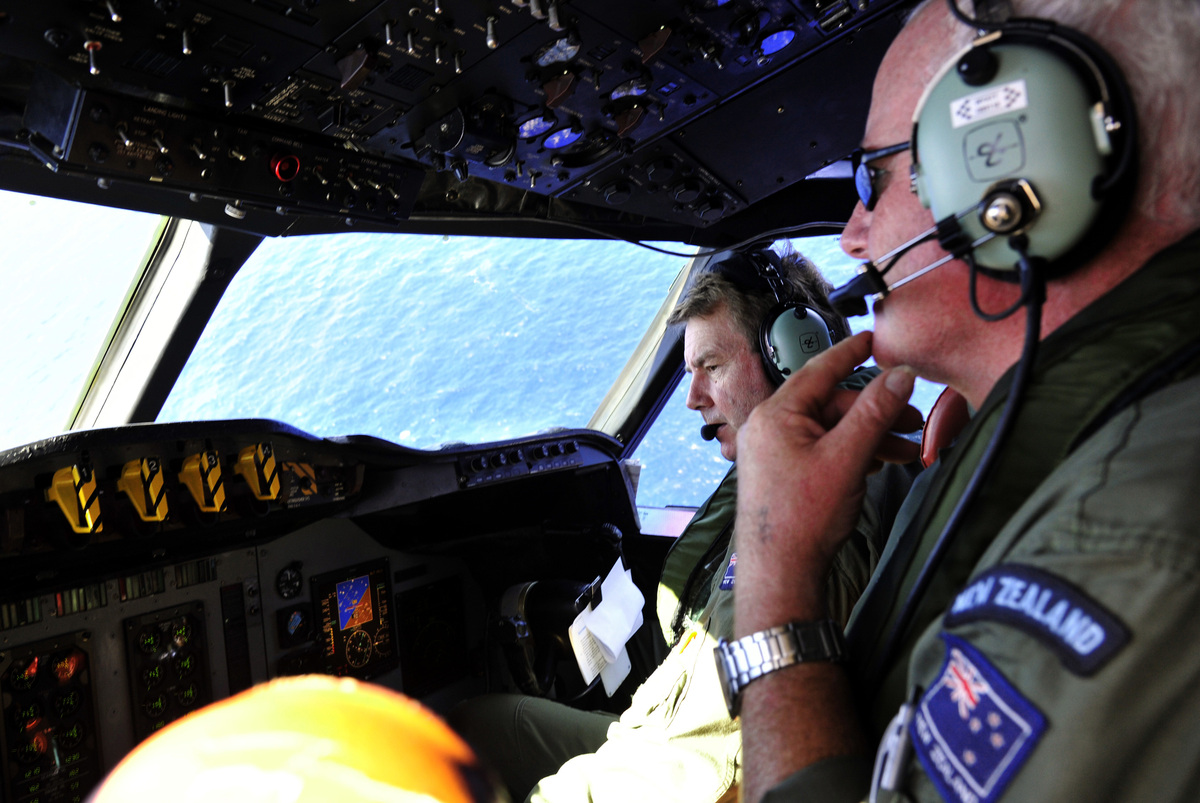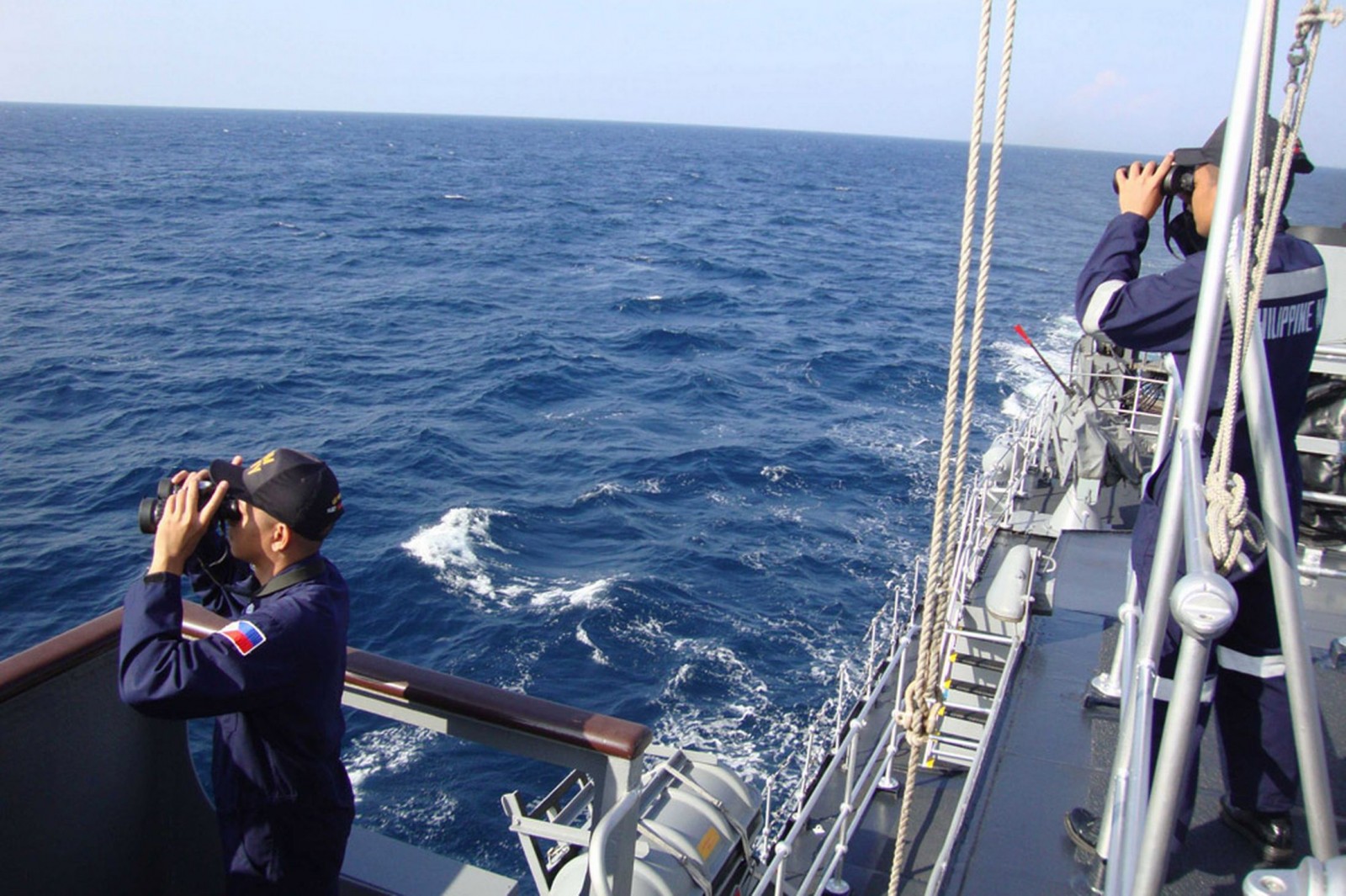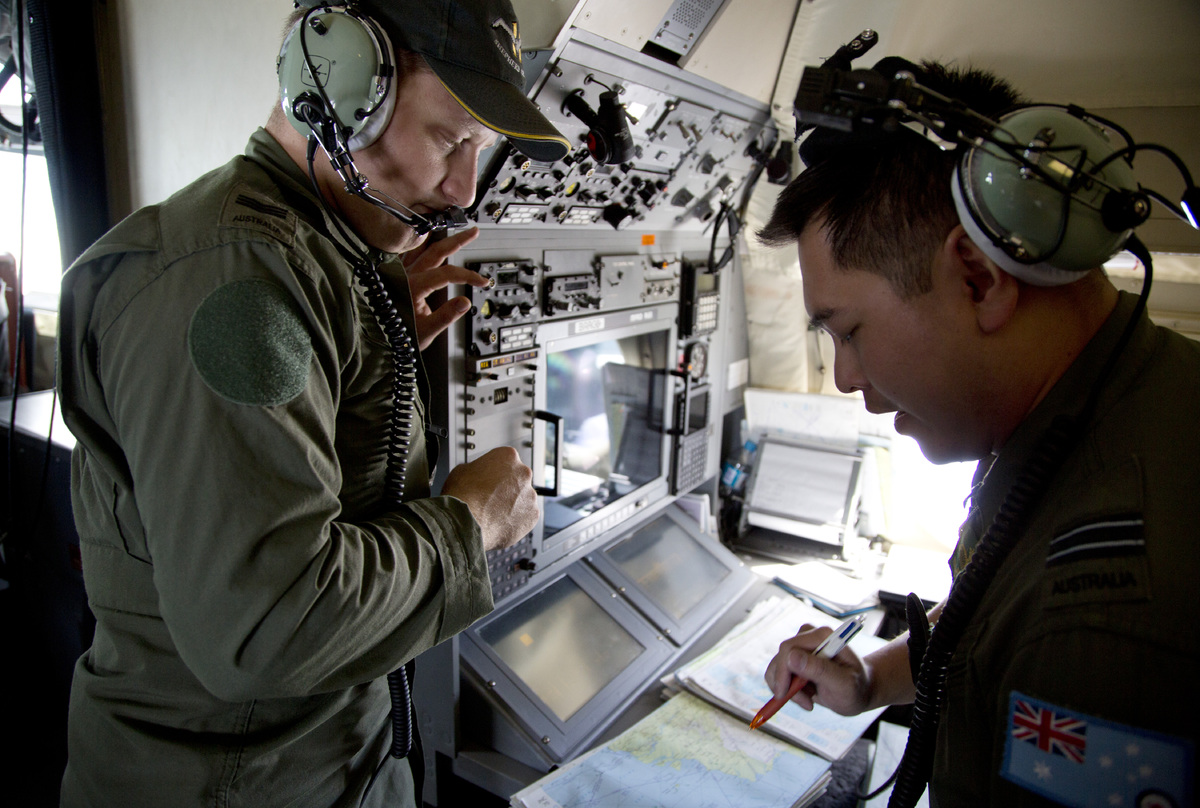The fruitless search for the missing Malaysian Airlines jet might have to start all over again from scratch if no clues to its fate are found in coming days, it was claimed today.
The international team searching the Indian Ocean for the Boeing 777 are now considering the seemingly impossible scenario of the aircraft having ‘landed’ somewhere, instead of crashing in the southern Indian Ocean.
‘We may have to regroup soon to look into this possibility if no positive results come back in the next few days,’ sources within the International Investigation Team were quoted as telling the New Straits Times today.

While the sources have not suggested which country the aircraft might have landed – or crashed – in, the possibility that an entirely new search in a different area is in line with suggestions by the Mail weeks ago that alleged sightings of a low-flying aircraft could have located it in a different place than the ocean.
‘The thought of it landing somewhere else is not impossible, as we have not found a single debris that could be linked to MH370,’ sources were quoted as telling the paper.
‘However, the possibility of a specific country hiding the plane when more than 20 nations are searching for it, seems absurd,’ said the sources.
But they admitted that it was difficult to determine if the plane had really ended in the Indian Ocean, despite calculations seeming to point to that direction.
The Mail reported early in the search that fishermen and villagers living in north east Malaysia had filed official statements with police claiming to have seen – or heard – a low-flying aircraft at the time when MH370 lost all contact with ground control.
THE 45 DAY RULE
Malaysia Airlines Flight 370 has now been missing for 46 days – an important milestone as it allowed U.S. lawyers to pursue Boeing in U.S. courts.
A 45-day rule, enforced by the National Transportation Safety Board, means that families can now file suits in U.S. courts against Boeing, an American manufacturer.
‘We don’t feel we have a whole lot of other choices because we’re certainly not getting any answers without (legal action),’ Sarah Bajc told CNN.
Ms Bajc, whose partner Philip Wood was on the flight, said she hoped that pressure in the courts might lead to the Malaysian government releasing important data.
One key problem however could bt the lack of any plane.
‘If we don’t have the “black box” with all the critical information on it, or we don’t have any part of the wreckage, it would be very hard to maintain a claim against Boeing in any court in the United States,’ Daniel Rose, an aviation attorney from Kreindler & Kreindler, told CNN.

Their descriptions of a ‘very loud engine’ and headlights like those switched on by an aircraft about to land at night suggested that the aircraft was flying to the west, across jungle, very fast, at a low altitude.
The sources told the government-controlled paper that it was difficult to determine if the plane had really ended in the Indian Ocean, although calculations pointed to that direction.
The Malaysian-led investigation team, along with experts from Inmarsat and the UK’s Air Accidents Investigation Branch, had to rely on an Inmarsat communications satellite, which did not provide any definite details, including the aircraft’s direction, altitude and speed.
One of the sources told the New Straits Times: ‘A communications satellite is meant for communication…the name is self explanatory.
‘The reason investigators were forced to adopt a new algorithm to calculate the last known location of MH370 was because there was no global positioning system following the aircraft as the transponder went off 45 minutes into the flight.’
The source added that the international team was looking at adding more ships and aircraft to the existing search area in the Indian Ocean – as well as widening the area because there were fears that searchers had been ‘looking for the plane in the wrong place’.
‘We can’t focus on one place too long as the ocean is very big, although the search team has been following the leads received and analysed.

‘It is by luck if we find the wreckage using the Bluefin-21 (the US-owned underwater search vehicle).
‘There is no physical evidence and we are totally depending on scientific calculations since day one, including the pings.’
With the search now into its 45th day, Malaysian authorities are hoping more countries will come forward to share their crucial satellite and radar data.
The paper said it understood that the team had not been receiving as much information from countries as it had hoped.
Suggesting that national security of various countries was involved, the source added: ‘We have mainly been provided with selective data.’
The source said that because the information potentially involved the national security of the country from which it was requested, only partial raw data had been provided, making it difficult for Malaysian authorities to get the full picture.

‘The data involved would be official information, so the (foreign) country cannot simply give it to us on paper or in soft copy – they will select only the ones that can be revealed.’
The Malaysians had asked the US government to view data collected by its secret base, Pine Gap, in the Australian outback.
But the request had been denied, sources said, after the US had said that no contact had been made with MH370.
‘We can’t be forcing them to show us the data, as they had already said there was nothing,’ one source said.
Read More







